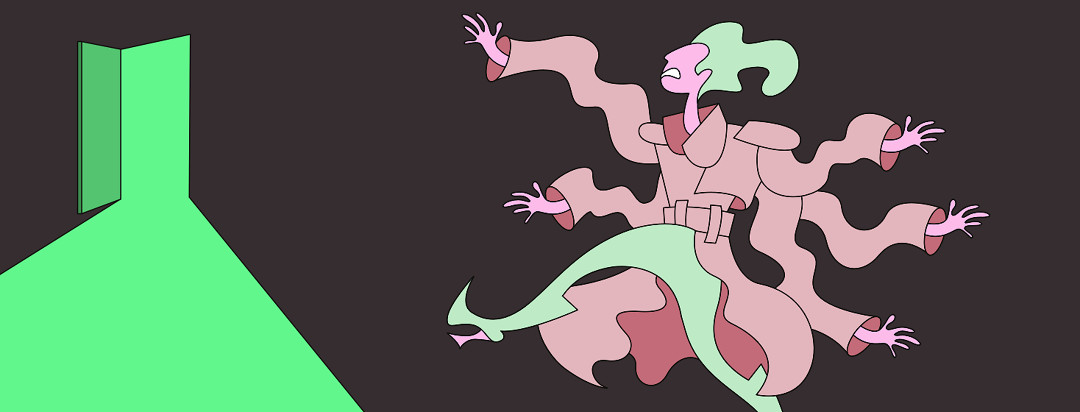Dark Adaptation: What's That?
A few pages ago I mentioned dark adaptation. I know just about all of you have experienced the “joy” of reduced dark adaptation even though you may not know the term.
What is dark adaptation?
Problems with dark adaptation are noticed when we go from a brightly lit area - such as outdoors- to a poorly lit area - such as a house or restaurant. Who turned out the lights?!?! Everything is pitch black! I can’t see a thing! I have already stopped dead just inside a door because I was rendered blind by problems with dark adaptation. And it did not resolve in a few seconds. I was still standing there several minutes later. Sound familiar?
When do we experience dark adaptation?
Dark adaptation issues happen very early in our journey with age-related macular degeneration. I remember going to a yoga event on a sunny, summer day months before my official diagnosis. I stepped into the building and could not see a thing. It was scary.
Measuring dark adaptation
A quick look online revealed there are actually several different forms of technology being sold to measure the problem. Do I have any idea which one may be better? No clue and I am not going to speculate. The take-home point here is this: If you know anyone who goes “blind” when they go from light to dark, including being hit full in the face with headlights, you might kindly suggest they be checked for retinal disease.
Taking precautions
You might also suggest they start to take precautions. Which precautions? The usual ones. In treating retinal diseases like AMD there are still few options. Wear sunglasses. Get lots of vitamin A. Stop smoking. Lose weight. Lower your blood pressure. It is in the early stages and even pre-stages when you first see dark adaptation problems - that these precautions will give the most bang for the buck.
For those of us who have advanced to intermediate and advanced forms of retinal disease, the advice is still the same. While I am not hopeful any of those precautions will do anything above minuscule for my geographic atrophy, I do make an effort at heading off the life problems dark adaptation issues cause. You know, rushing into a dark restaurant and falling down a couple of stairs or not being able to see to find the bathroom until it is too late.
Managing dark adaptation
What I do is try to minimize the effects of bright light. Wear sunglasses and take them off only when you have stepped inside. Avert your gaze from on-coming headlights. Do what you can to not “bleach out” your photoreceptor chemicals to begin with. Try to reduce your recovery time.
That is about it for now. Remember, dark adaptation problems seem to be a pretty sure way to predict someone is starting on the road to retinal disease. Spread the word. Part of this journey is taking care of those who come after us. Go forth and tell! (With apologies to J. E. Sedona and the Christian Church ;) )
Editor's Note: As of August 2023, 2 drugs known as complement inhibitors — Syfovre® and Izervay™ — have been approved by the US Food and Drug Administration (FDA) to treat geographic atrophy (GA).

Join the conversation